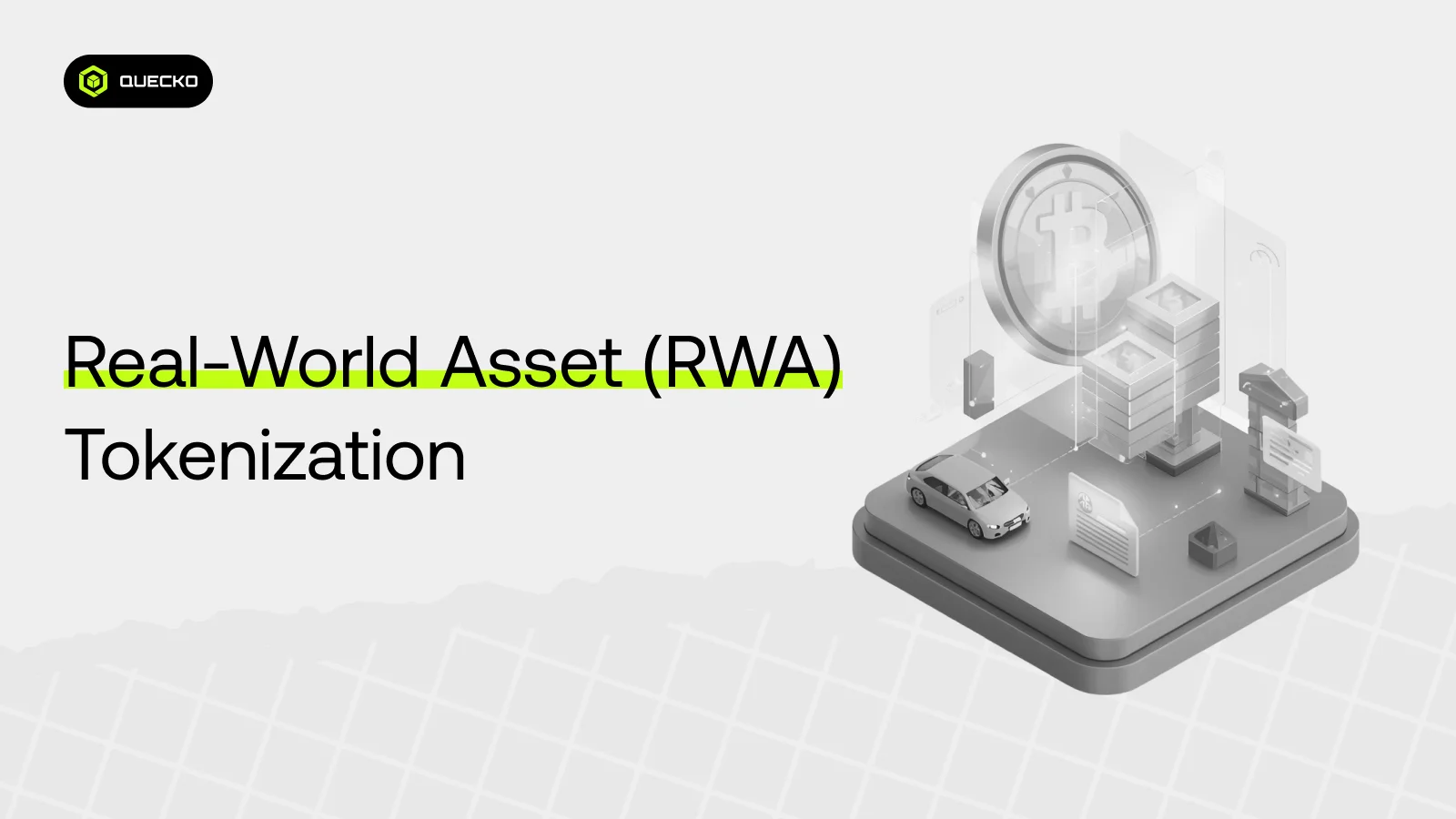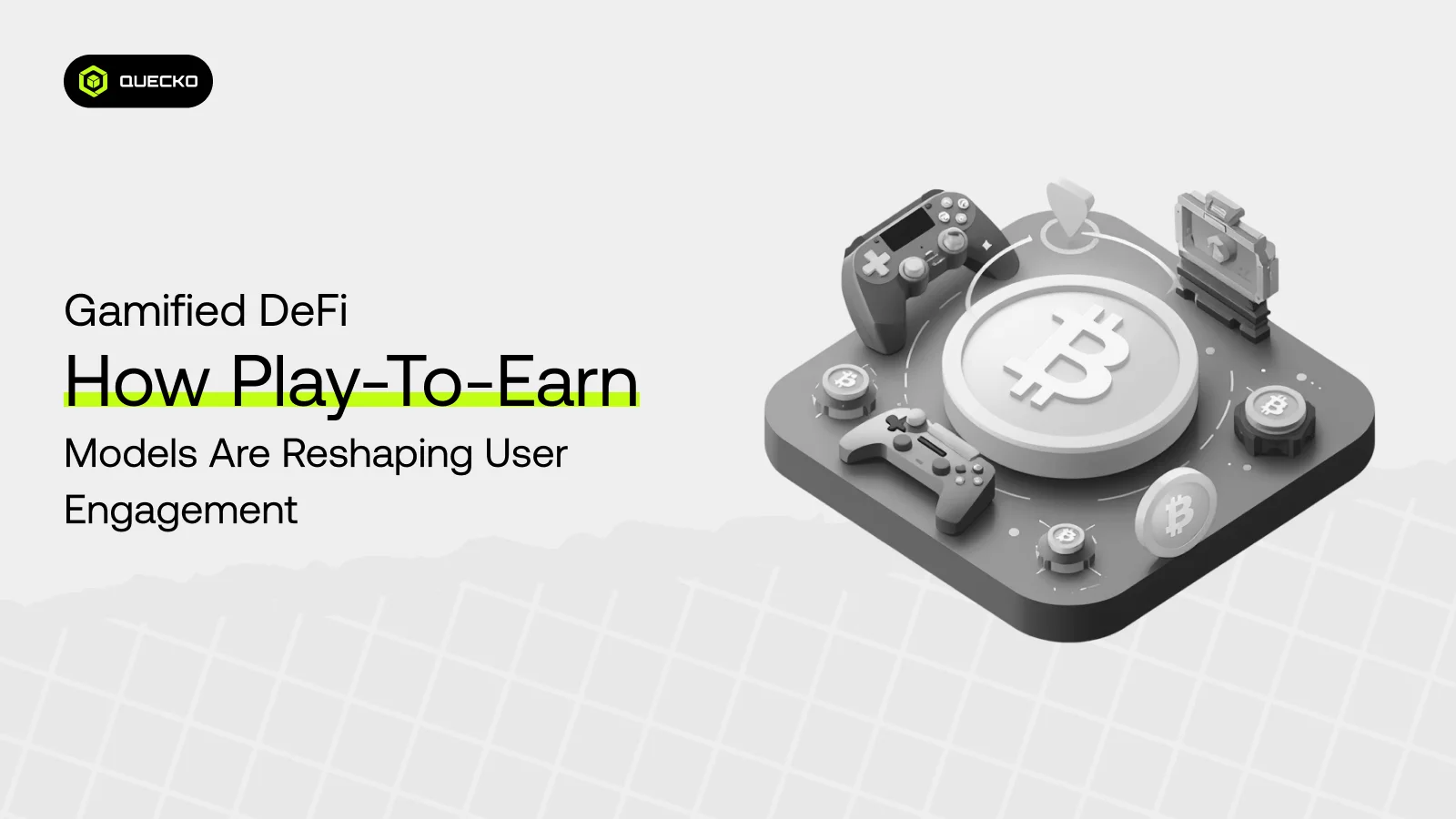Why Solana is So Popular: The Rising Star of Blockchain Technology
Discover why Solana is the rising star of blockchain technology, offering speed, scalability, and low costs, making it a top choice for developers and investors.

In the ever-evolving world of blockchain and cryptocurrencies, Solana has emerged as one of the most talked-about platforms. Known for its blazing-fast transaction speeds, low fees, and innovative technology, Solana has quickly gained popularity among developers, investors, and users alike. But what exactly makes Solana so special?
In this blog, we’ll dive deep into the reasons behind Solana’s popularity, its unique features, and why it’s considered a strong competitor to other blockchain giants like Ethereum.
What is Solana?
Solana is a high-performance blockchain platform designed to support decentralized applications (dApps) and cryptocurrencies. Launched in 2020 by Anatoly Yakovenko, Solana aims to solve some of the most pressing issues in the blockchain space, such as scalability, speed, and cost. Its native cryptocurrency, SOL, is used for transaction fees, staking, and participating in the network’s governance.
Why is Solana So Popular?
Solana’s popularity can be attributed to several key factors that set it apart from other blockchain platforms. Let’s explore these in detail:
1. Blazing-Fast Transaction Speeds
One of Solana’s most impressive features is its transaction speed. While Ethereum processes around 15-30 transactions per second (TPS), Solana can handle up to 65,000 TPS. This makes it one of the fastest blockchains in the world, capable of supporting high-frequency trading, gaming, and other applications that require rapid transaction processing.
How Does Solana Achieve This Speed?
Solana uses a unique consensus mechanism called Proof of History (PoH), which timestamps transactions before they are added to the blockchain. This eliminates the need for validators to agree on the order of transactions, significantly reducing processing time. Combined with its Proof of Stake (PoS) mechanism, Solana achieves unparalleled speed and efficiency.
2. Low Transaction Fees
High gas fees have been a major pain point for users of Ethereum and other blockchains. Solana addresses this issue by offering extremely low transaction fees, often less than $0.01 per transaction. This makes it an attractive option for developers and users who want to build and interact with dApps without breaking the bank.
3. Scalability
Scalability is one of the biggest challenges facing blockchain technology. As networks grow, they often become slower and more expensive to use. Solana is designed to scale with demand, thanks to its innovative architecture and consensus mechanisms. This scalability makes it suitable for a wide range of applications, from DeFi to NFTs and beyond.
4. Robust Ecosystem
Solana’s ecosystem is growing rapidly, with thousands of projects spanning decentralized finance (DeFi), non-fungible tokens (NFTs), gaming, and more. Some of the most popular projects built on Solana include:
- Serum: A decentralized exchange (DEX) with lightning-fast trading.
- Raydium: An automated market maker (AMM) and liquidity provider.
- Solana Pay: A payment protocol for fast and low-cost transactions.
The vibrant ecosystem attracts developers and users, creating a positive feedback loop that drives further growth and innovation.
5. Energy Efficiency
Solana’s Proof of Stake (PoS) consensus mechanism is far more energy-efficient than the Proof of Work (PoW) used by Bitcoin and Ethereum. This makes Solana a greener alternative, appealing to environmentally conscious users and investors.
6. Strong Backing and Community Support
Solana has garnered significant support from prominent investors and institutions, including Andreessen Horowitz, Polychain Capital, and Alameda Research. This backing has provided the platform with the resources and credibility needed to grow and compete with established blockchains.
Additionally, Solana has a passionate and active community of developers, validators, and users who contribute to its growth and adoption. The Solana Foundation also plays a key role in supporting the ecosystem through grants, hackathons, and educational initiatives.
7. Interoperability
Solana is designed to be interoperable with other blockchains, enabling seamless integration and communication between different networks. For example, Solana supports Wormhole, a cross-chain bridge that allows users to transfer assets between Solana, Ethereum, and other blockchains. This interoperability expands Solana’s reach and utility, making it a versatile platform for developers and users.
8. Developer-Friendly Environment
Solana offers a robust set of tools and resources for developers, making it easy to build and deploy dApps. Its programming language, Rust, is widely used and appreciated for its performance and safety features. Additionally, Solana provides comprehensive documentation, tutorials, and support to help developers get started quickly.
9. Real-World Use Cases
Solana’s speed, scalability, and low fees make it ideal for a wide range of real-world applications, including:
- Decentralized Finance (DeFi): Platforms like Serum and Raydium enable fast and low-cost trading, lending, and borrowing.
- NFTs: Solana has become a hub for NFT projects, offering artists and creators a cost-effective alternative to Ethereum.
- Gaming: Solana’s high throughput and low latency make it perfect for blockchain-based games and virtual worlds.
- Payments: Solana Pay allows businesses to accept fast and low-cost crypto payments, revolutionizing the payment industry.
Challenges Facing Solana
Despite its many advantages, Solana is not without challenges. Here are some of the key issues the platform faces:
1. Network Outages
Solana has experienced several network outages, raising concerns about its reliability. While the team has worked to address these issues, they remain a point of criticism.
2. Centralization Concerns
Solana’s high performance relies on a relatively small number of validators, leading to concerns about centralization. Increasing the number of validators and improving decentralization will be crucial for the platform’s long-term success.
3. Competition
Solana faces stiff competition from other high-performance blockchains like Avalanche, Polygon, and Binance Smart Chain. Staying ahead in this competitive landscape will require continuous innovation and improvement.
The Future of Solana
Solana’s future looks bright, with several exciting developments on the horizon:
1. Continued Ecosystem Growth
The Solana ecosystem is expected to grow further, with more projects and users joining the network. This will drive innovation and increase the platform’s utility.
2. Improved Network Stability
The Solana team is actively working to address network outages and improve reliability. These efforts will enhance user confidence and adoption.
3. Expansion into New Markets
Solana’s low fees and high speed make it well-suited for emerging markets, where cost and accessibility are critical. Expanding into these markets could drive significant growth.
4. Integration with Traditional Finance
As blockchain technology gains mainstream acceptance, Solana could play a key role in bridging the gap between traditional finance and decentralized systems.
Conclusion
Solana’s popularity is no accident. Its combination of speed, scalability, low fees, and a thriving ecosystem has positioned it as a leading blockchain platform. While challenges remain, Solana’s innovative technology and strong community support make it a formidable player in the crypto space.
Whether you’re a developer, investor, or crypto enthusiast, Solana offers exciting opportunities to be part of the next wave of blockchain innovation. As the platform continues to evolve, it’s clear that Solana is here to stay and will play a significant role in shaping the future of decentralized technology.
Date
7 months agoShare on
Related Blogs

How dApps Are Disrupting Traditional App Ecosystems
8 hours ago

The Impact of AI on Blockchain Fraud Detection
4 days ago

Real-World Asset (RWA) tokenization
5 days ago

Gamified DeFi: How Play-to-Earn Models Are Reshaping User Engagement
10 days ago








